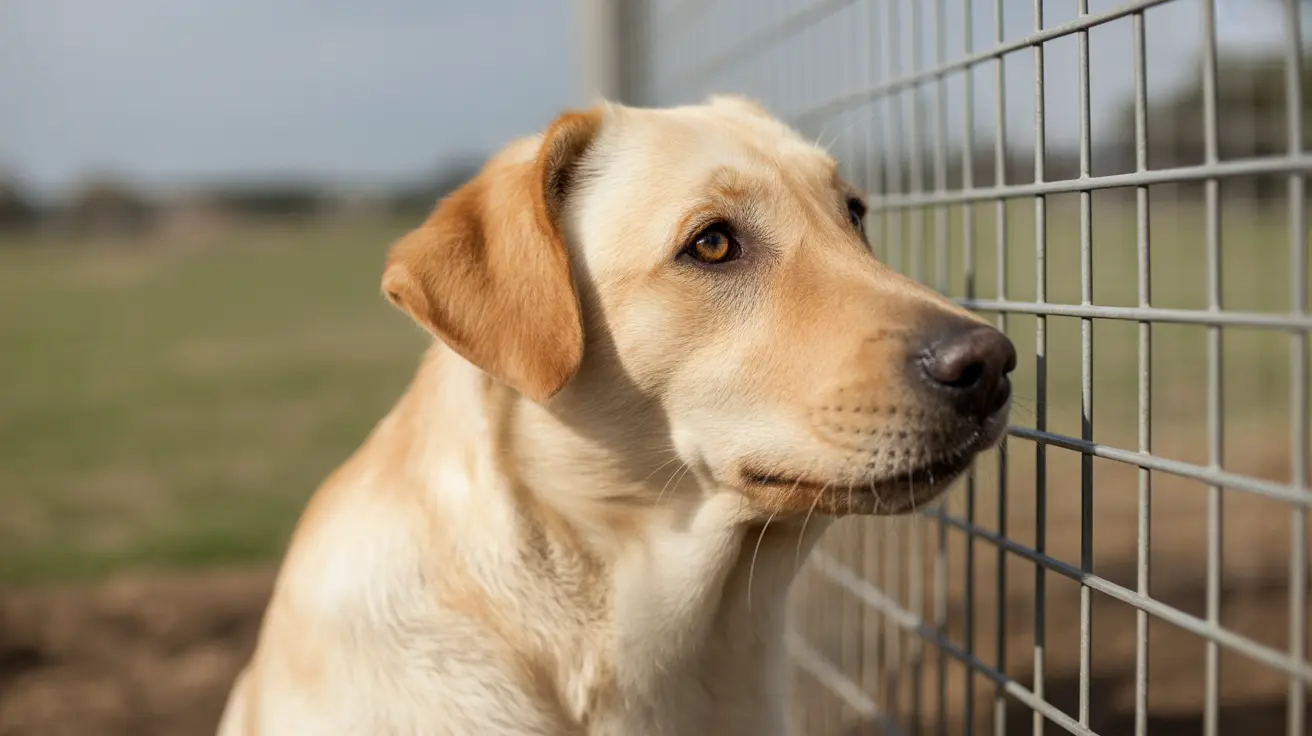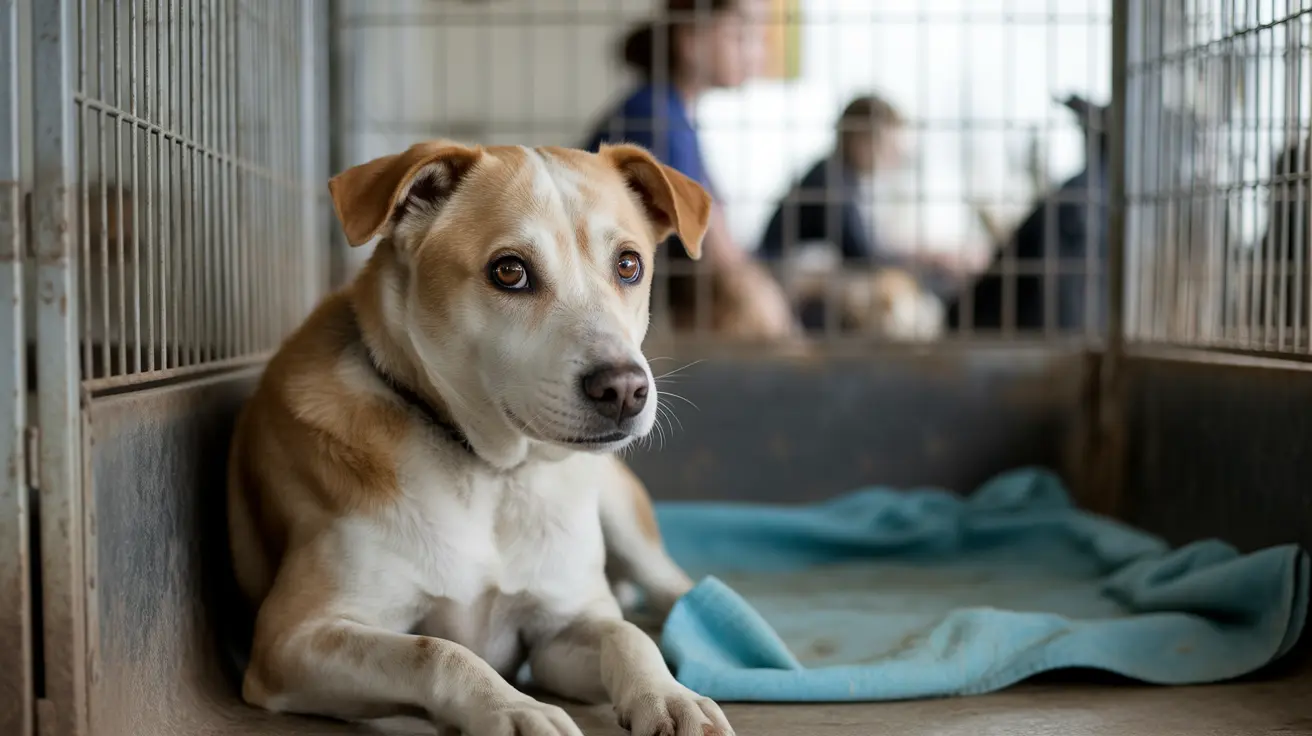Why You Should Never Feed Your Dog Certain Meats
Feeding your dog a high-quality diet is a cornerstone of pet health. While dogs are omnivores and generally tolerate a variety of meats, certain types can be extremely harmful—even deadly. Among these, **processed meats like bacon** stand out as one of the most dangerous options. Understanding why certain meats are toxic is vital for any dog owner aiming to provide safe and nutritious meals.
1. What Makes Certain Meats Dangerous?
Processed meats such as bacon, ham, and sausage are preserved through curing, salting, smoking, or adding chemical preservatives. These meats often contain:
- High levels of sodium: Excess salt can lead to salt poisoning, dehydration, or kidney damage.
- Fat and preservatives: Contribute to pancreatitis and obesity.
- Spices and seasonings: Onions, garlic, and certain spices used in cured meats are toxic to dogs.
2. The Dangers of Bacon and Processed Meats
Bacon is especially high in fat and salt. A dog’s digestive system isn’t designed to process foods with such high fat content, making bacon a recipe for health issues. Consuming bacon can lead to:
- Pancreatitis: An inflammation of the pancreas triggered by fatty foods.
- Vomiting and diarrhea: Gastrointestinal upset is common after eating high-fat meats.
- Salt poisoning: Signs include vomiting, diarrhea, lethargy, tremors, and seizures.
3. Other Meats to Avoid
Though bacon is the top offender, there are other meats and meat preparations to avoid:
- Ham: Like bacon, ham is high in fat and salt, often exacerbated by preservatives.
- Sausage: Seasoned with toxic ingredients like onion powder and garlic, it poses a double threat.
- Raw meat: Carries a risk of bacterial contamination including Salmonella or E. coli.
- Cooked bones from meat: These can splinter, causing mouth injuries or internal damage.
4. Signs of Meat-Related Toxicity in Dogs
If your dog consumes dangerous meat, watch for indicators of distress such as:
- Excessive drooling
- Vomiting or diarrhea
- Lethargy or restlessness
- Abdominal pain
- Seizures in severe cases
In such cases, prompt contact with your veterinarian can be life-saving.
5. Safe Meat Alternatives
Instead of risky options like bacon, consider offering your dog:
- Boiled chicken: Lean and protein-rich without added fat or seasonings.
- Turkey: Remove skin and seasonings before serving.
- Lean beef: Cooked thoroughly and drained of fat.
- Fish: Such as salmon, cooked without bones and seasoning.
6. Importance of Moderation and Preparation
Even safe meats must be presented properly:
- No added salt, spices, or sauces
- Fully cooked to eliminate parasites
- Trimmed of visible fat and skin
- Cut into bite-sized pieces for easier digestion
7. Conclusion
Though meat is a natural part of a dog’s diet, not all meats are created equal. **Bacon and other processed meat products** should be strictly avoided due to their high salt, fat, and preservative content. Instead, opt for wholesome, lean meats prepared plainly to ensure your dog receives the nutrients they need without the dangerous extras. Always consult your veterinarian before introducing new foods to your dog’s diet and monitor for any adverse reactions.





